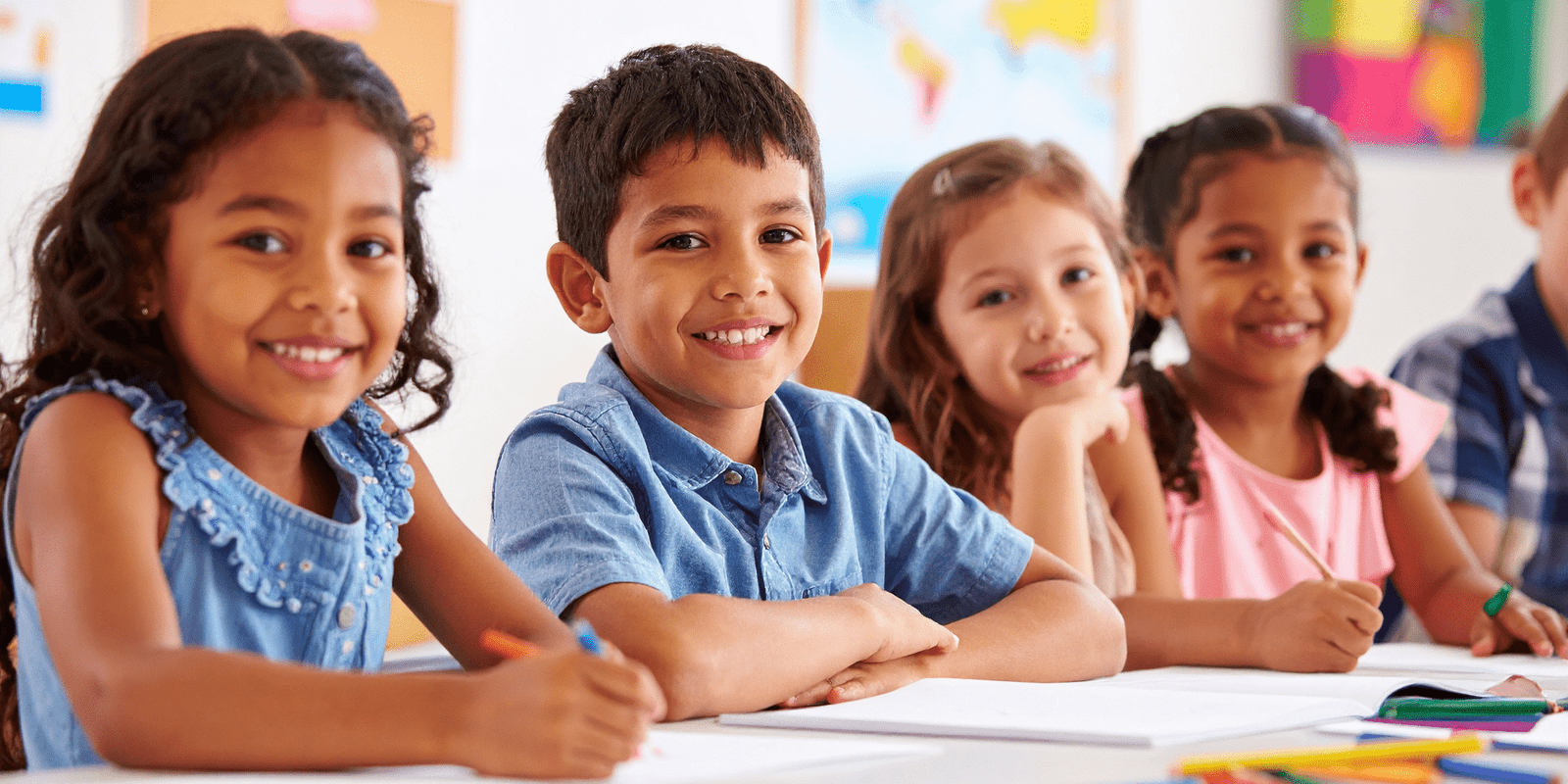Many parents and educators still consider early childhood education merely as a “preparation phase” before formal schooling begins. However, recent neuroscience research shows that the ages between 2 and 7 are extremely critical for a child’s brain development. During this period, the cognitive, emotional, social, and academic foundations of a child are formed rapidly and often permanently.
The human brain develops through stages known as critical periods—times when the brain is especially plastic, meaning it can form and strengthen neural connections more easily than at any other point in life. The first critical period usually starts around age 2 and continues until about age 7.
During this time, the number of synapses (connections between brain cells) increases dramatically. Research from Harvard University’s Center on the Developing Child shows that by the age of 3, a child’s brain can form up to 1 million synapses per second, which are then pruned based on the stimulation they receive.
This means the richer a child’s learning environment—through experiences, emotions, language, and social interaction—the stronger the foundation for future brain abilities.
Here are four key ways to maximize this golden period:
1. Encourage a Love of Learning from an Early Age
Instead of focusing on results and grades, young children need to love the process of learning itself. According to Carol Dweck from Stanford University, fostering a growth mindset—the belief that abilities can be developed through effort, not innate talent—has a major impact on children’s motivation and perseverance later in life.
Encouraging children to try new things, view mistakes as part of the process, and praising their effort (rather than just outcomes) are effective ways to nurture a healthy learning spirit.
2. Emphasize Breadth of Experience, Not Depth
Between the ages of 2 and 7, children don’t need to master any one skill in depth. Instead, exposing them to a wide range of knowledge areas—art, music, science, math, language, and social skills—enriches their neural pathways.
A study published in Early Childhood Research Quarterly confirms that exposure to a variety of activities enhances children’s executive function—the ability to focus attention, plan actions, and control impulses.
3. Teach Children to Think Abstractly and Creatively
One current challenge in education is the pressure for children to specialize too early. Yet, those who succeed in today’s world are often individuals who think across disciplines and adapt flexibly to problems.
From ages 2 to 7, children’s brains are highly receptive to metaphorical, abstract, and creative thinking. This can be fostered through imaginative play, free drawing, storytelling, or simple science experiments at home.

4. Don’t Neglect Emotional Intelligence
Emotional intelligence is just as important as academic intelligence. Research from the Yale Center for Emotional Intelligence shows that children who develop empathy and emotional awareness early are better able to form healthy social relationships, manage stress, and succeed in both school and social life.
Start by helping children name their emotions, then ask them how others might feel in similar situations. Activities like role-playing or reading stories involving emotional conflicts are also effective in building empathy.
One of the biggest misconceptions in education is the belief that children aren’t really “learning” until they can read, write, or do math. In reality, ages 2–7 are when the brain absorbs information most effectively.
For example, research by Patricia Kuhl from the University of Washington found that the ability to learn a foreign language peaks before age 7. After that, phonological ability drops significantly, and pronunciation of foreign languages is less likely to sound native.
This means that if you want your child to become bilingual or multilingual, the preschool years are the best time to start—not when the child is deemed “academically ready.”
Data from the National Institute for Early Education Research (NIEER) shows that children who receive optimal stimulation in early childhood are less likely to experience reading difficulties in elementary school. Additionally, these children are more likely to graduate high school and enjoy higher career and income prospects later in life. More importantly, they tend to be better at regulating emotions and forming positive social relationships.
In fact, the long-running Perry Preschool Project found that children from low-income families who received quality early education performed better academically and socially compared to those who did not.
If education is about unlocking the full potential of human beings, then ages 2 to 7 are moments we simply cannot ignore. Far from being just “playtime,” this period is when a child’s brain develops at its fastest rate and is most responsive to experiences.
By taking full advantage of this period through broad exploration, emotional development, nurturing curiosity, and shaping a growth mindset, we’re not just preparing children for school—we’re preparing them for life.
If you are a parent, teacher, or anyone who cares about the future of children, remember this: what happens between ages 2 and 7 is not merely “preparation,” but the true foundation for their future.


Leave a Reply